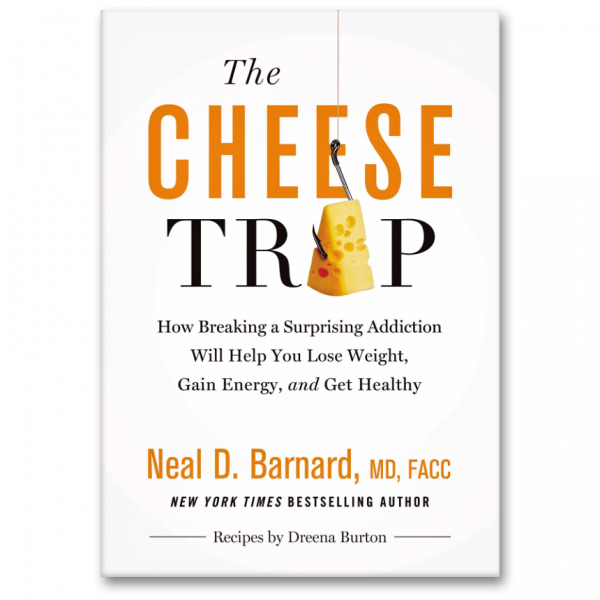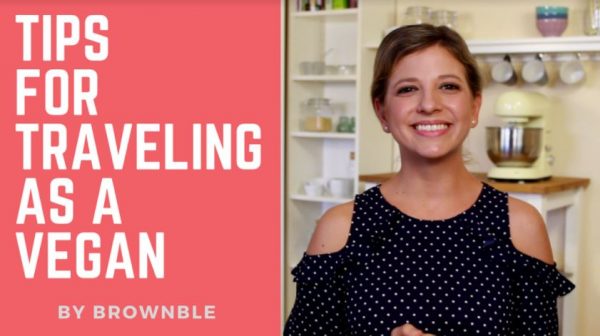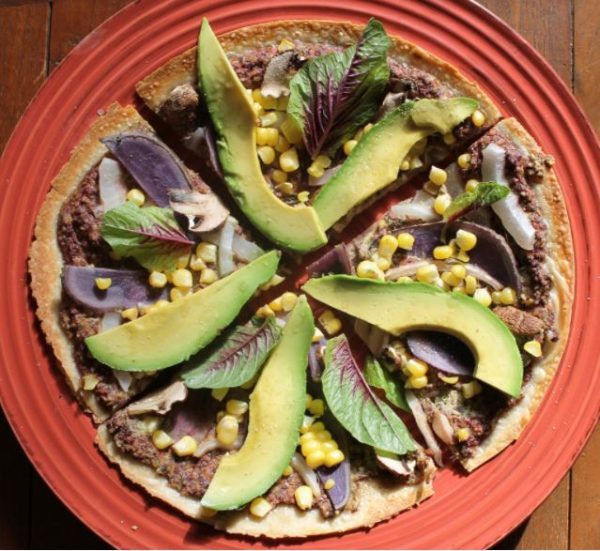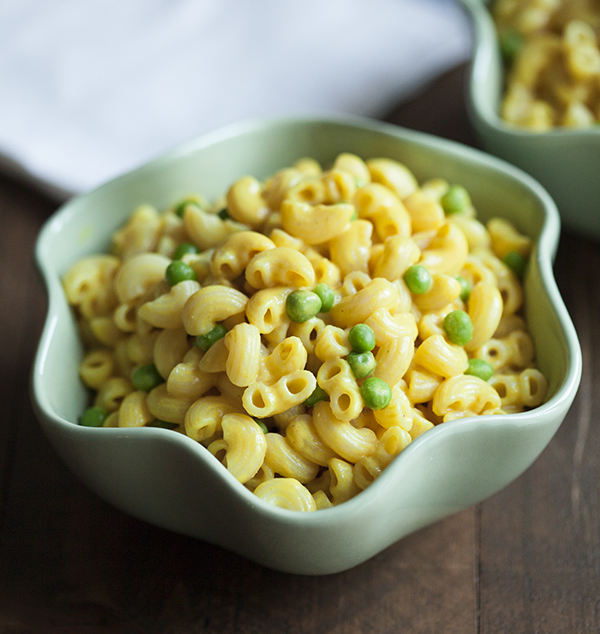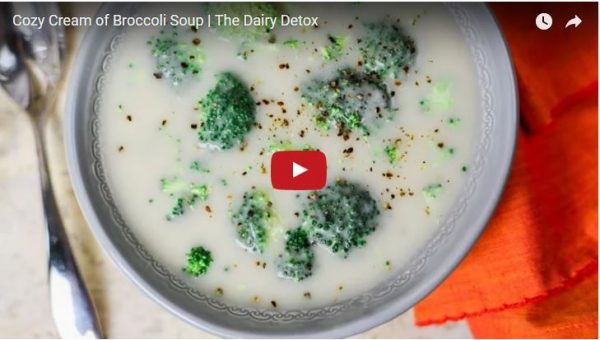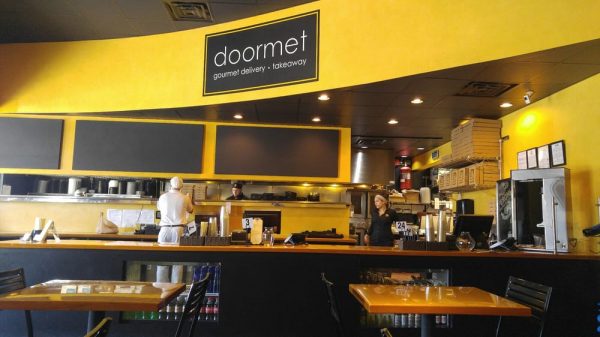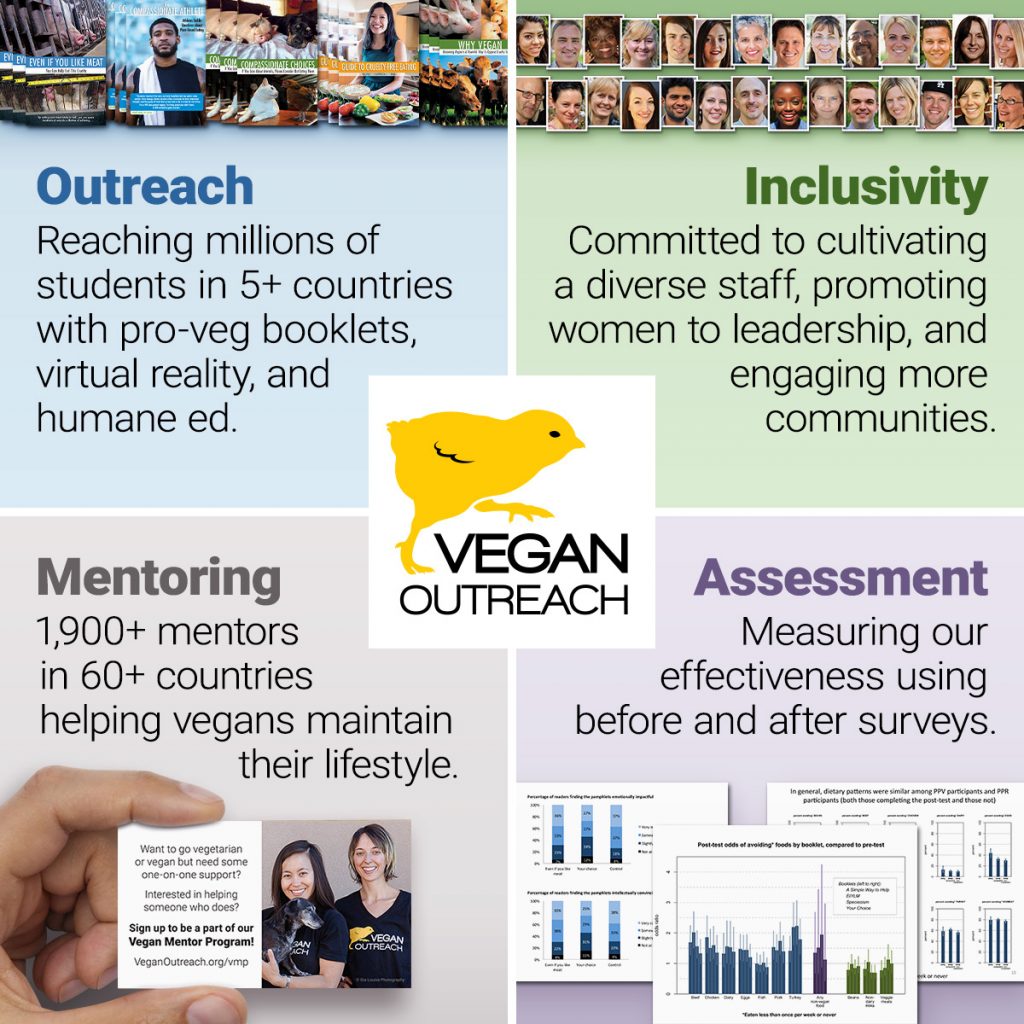By Melissa Li, Board of Directors Vice-Chair
Who can forget the most controversial Facebook post in the history of Vegan Outreach? You know, the one where our Executive Director Jack Norris responds to a dairy lover’s plaintive cry, “I’d go vegan, but I can’t give up cheese!” by saying, “Then go vegan except for cheese!” The meme was a rousing call for the vegan police to come out in droves and storm Vegan Outreach’s social media with comments.
I recently read Dr. Neal Barnard’s latest book, The Cheese Trap, and I think it’s fair to say that most people probably wouldn’t have a hard time giving up cheese if they knew some of the disturbing things Barnard tells his readers.
For example, did you know that stinky cheese is due to bacteria? The same bacteria responsible for body odor! Yes, you read that right. Barnard explains why humans have been able to overcome the smell of body odor and why many people crave it on virtually everything.
I also learned that people who are unable to give up cheese are not wholly personally responsible. Cheese contains a substance called casomorphin, an opioid peptide naturally occurring in cow’s milk. It’s the hormone that’s responsible for calves feeling comforted and attached to their mothers so they’ll ingest as much milk possible to become a full-grown cow. Cheese has a high concentrate of casomorphins and can generate a feeling of euphoria, which is why people like cheese so much.
The Cheese Trap covers not only the negative physical effects of dairy and cheese, but also how the U.S. government colludes with the dairy industry to influence the American public to consume more cheese for the benefit of the dairy corporations. The USDA often ignores or suppresses the health consequences of a high amount of dairy consumption. The dairy industry has consumers believing that milk does the body good when it’s the opposite that’s true. It’s been associated with diabetes, prostate cancer, and inflammatory bowel disease—just to name a few.
Barnard interviews the pioneers behind vegan dairy foods, such as Treeline Treenut Cheese, Miyoko’s Kitchen, and Kite Hill. The great thing is that these non-dairy cheeses are out-of-this-world delicious, and no animals are hurt during production! Better yet, these products are becoming more common in grocery stores nationwide.
The book also provides easy, non-dairy cheese recipes, created by Dreena Burton, that can help any cheese lover reduce or eliminate their dairy cheese consumption. Dreena explains how dishes that conventionally use dairy can be made instead with a variety of nut milks or nutritional yeast.
If you’re ready to say goodbye to cheese—and its inherent cruelty—forever, get yourself a copy of The Cheese Trap. You’ll be happy you did!
